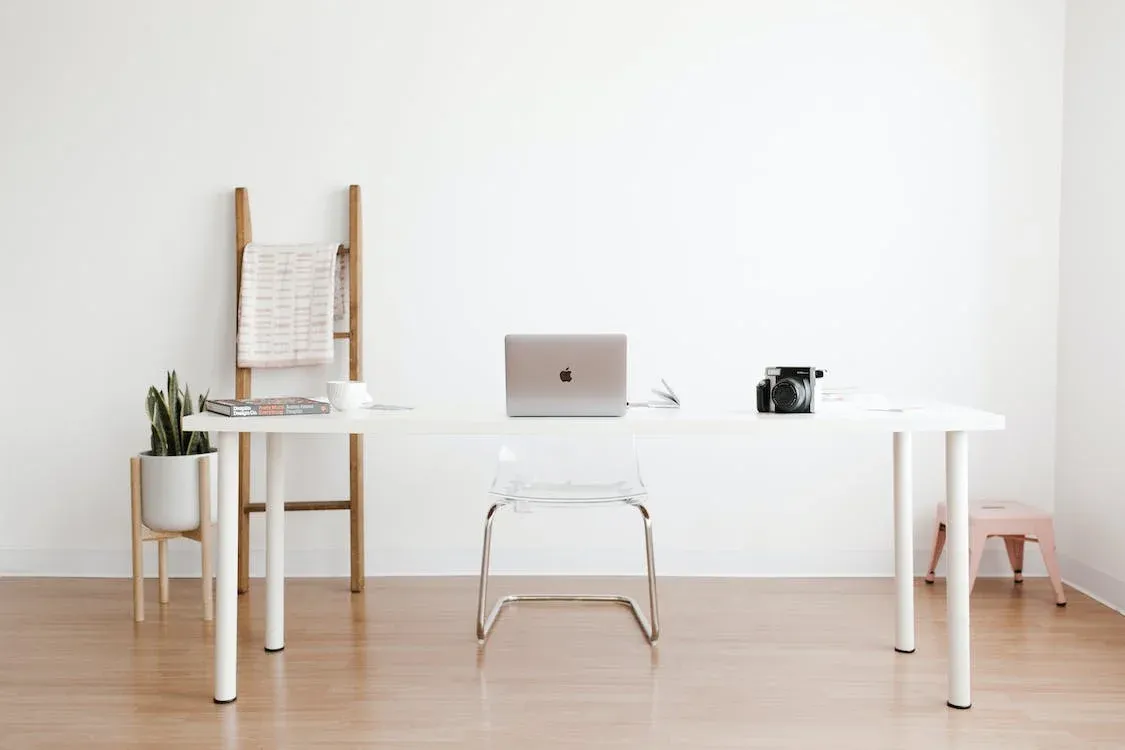As more people embrace remote work and create home offices, finding the perfect desk has become a priority. Desk dimensions are a critical factor to consider when choosing a desk, as they impact comfort, functionality, and the overall look of your workspace.
In this article, we will explore the different standard desk sizes, factors to consider when determining the ideal dimensions, and tips for selecting the perfect desk to suit your needs.
Understanding Standard Desk Dimensions
Standard Desk Depth and Desk Width
There are several standard desk sizes available, making it easy to find a desk that fits your space and requirements. The most common desk dimensions are:
Small Desks
Small desks are ideal for compact spaces or as a temporary workspace. They usually measure between 30-40 inches wide, 18-24 inches deep, and 28-30 inches high.
Standard Desks
As the name suggests, these are the most common desk size. They are suitable for most home offices and professional environments. Standard desk dimensions are typically 48-60 inches wide, 24-30 inches deep, and 28-30 inches high.
Large Desks
For those who require more surface area, large desks are an excellent option. These desks are typically 60-72 inches wide, 30-36 inches deep, and 28-30 inches high.
Executive Desks
Designed for executive offices, these desks are larger and often more ornate. Executive desk dimensions usually range from 72-96 inches wide, 36-48 inches deep, and 28-30 inches high.
L-Shaped Desks
These desks are designed to fit into a corner, providing ample workspace while maximizing floor space. L-shaped desk dimensions typically measure 48-72 inches wide on each side, 24-30 inches deep, and 28-30 inches high.
Factors to Consider When Choosing Desk Dimensions
Computer Desks and Office Chairs
Available Space
Measure the room where the desk will be placed to ensure it fits comfortably. Be sure to account for any additional furniture, such as filing cabinets or bookshelves.
Functionality
Determine the primary purpose of the desk to decide on the appropriate size. If you need space for multiple monitors, a large desk may be necessary. However, if you only use a laptop, a smaller desk might suffice.
Ergonomics
Your desk should be at a comfortable height to prevent strain on your neck, shoulders, and wrists. Most desks are between 28-30 inches high, which works for the majority of users. However, if you are taller or shorter than average, you may need to consider a height-adjustable desk.
Aesthetics
Consider the desk's design and how it will complement your existing décor. Choose a desk that fits your style and the room's overall aesthetic.
Storage
Some desks come with built-in storage options, such as drawers and shelves. Determine if additional storage is necessary for your needs.
Tips for Choosing the Perfect Desk
Standing Desks and Desk Chairs
Evaluate Your Needs
Before purchasing a desk, take inventory of your workspace requirements. Consider the equipment and materials you use daily, as well as any additional storage needs.
Test the Desk
If possible, test the desk before purchasing. Sit at the desk and ensure it provides enough legroom and a comfortable typing height.
Plan for Growth
Consider your future needs when choosing a desk. If you plan to add more equipment or expand your workspace, opt for a larger or modular desk that can adapt to your changing requirements.
Consider Customization
If you have unique requirements or specific dimensions in mind, consider a custom-built desk. Custom desks can be designed to meet your exact specifications and preferences.
Opt for Quality
Invest in a high-quality desk made from durable materials. A well-built desk will last for years and provide a stable, comfortable workspace.
Cable Management
Choose a desk with built-in cable management features, such as grommets or channels, to keep cords organized and out of sight.
Assembly and Delivery
Be aware of the assembly process and delivery options for your chosen desk. Some desks require professional assembly, while others can be easily assembled by the user. Check if the desk can be disassembled if you plan to move or rearrange your workspace in the future.
Storage Space for Computer Desk
Accessorize Wisely
Enhance your workspace by selecting accessories that complement your desk and improve functionality. Consider ergonomic chairs, monitor arms, keyboard trays, and desk lamps to create a comfortable and efficient work environment.
Adjustability and Flexibility
Look for desks with adjustable height or modular components that can be easily reconfigured. These features allow you to customize your workspace for optimal comfort and productivity.
Price and Budget
Consider your budget when selecting a desk. While it's essential to invest in a quality piece, there are desks available at various price points to accommodate different budgets. Don't forget to factor in any additional costs, such as assembly or delivery fees.
Sustainability
Choose a desk made from eco-friendly materials and produced by companies with sustainable practices. Environmentally conscious options can include desks made from reclaimed wood, recycled materials, or those with certifications from organizations like the Forest Stewardship Council (FSC).
Warranty and Customer Support
Check the warranty offered by the manufacturer and the level of customer support provided. A good warranty and responsive customer service can provide peace of mind and ensure you receive assistance if you encounter any issues with your desk.
Conclusion
Desk Chair and Standing Desk
Selecting the perfect desk is crucial for creating a comfortable and functional workspace. By considering desk dimensions, available space, functionality, ergonomics, aesthetics, and storage, you can find the ideal desk for your needs.
Desk Height
Don't forget to plan for future growth, test the desk before purchasing, and opt for quality materials. With these tips in mind, you can create a workspace that not only meets your current requirements but can also adapt to your evolving needs over time.






